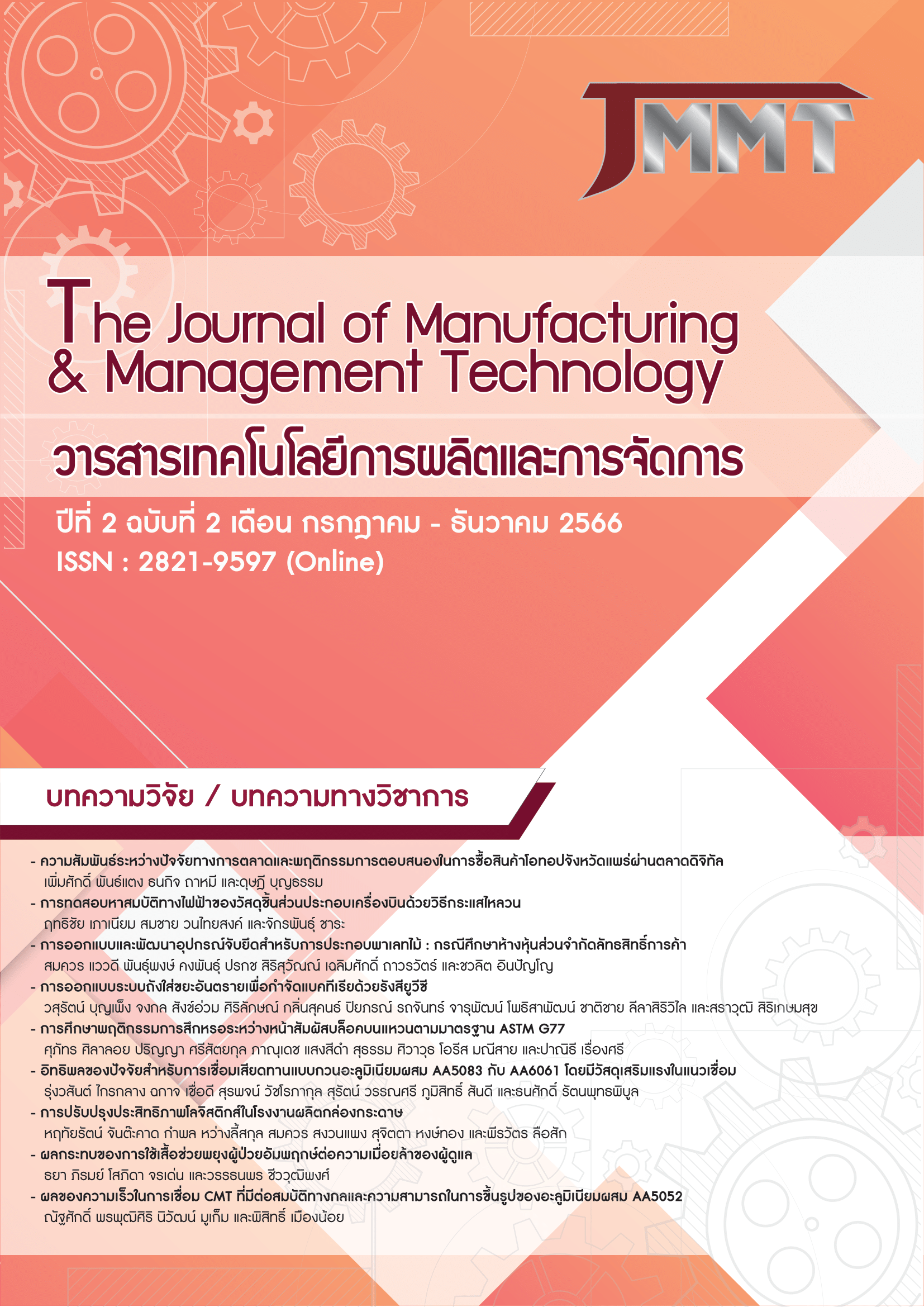Effect of CMT Welding Speed on Mechanical Property and Formability of Aluminium Alloy AA5052MT
Keywords:
Sheet metal, Formability, Aluminium alloy, CMT welding, Erichsen cupping testAbstract
This research aimed to investigate and evaluate the effect of CMT welding speed on the tensile strength and formability of AA5052 aluminum alloy. Aluminum is a widely used material in the automotive industry due to its strength and lightweight. Optimum welds were evaluated and analyzed based on the tensile strength and formability results. The formability was examined by the Erichsen Cupping test method. The experimental results showed that the damage to samples welded at different speeds is independent of the mechanical properties of the substrate. However, welded samples with low welding speeds have better tensile strength than high welding speeds. In addition, the results of the Eriksson method showed that the low-speed welded samples had significantly higher formability. Because of the deeper forming of the cup before failure. In low-speed conditions, fractures begin to occur in the substrate near the weld seam together with fractures across the weld seam. Inversely, the higher welding speeds the fracture occurs at the center of the weld seam, and the fracture direction is parallel to the weld seam.
Downloads
Published
How to Cite
Issue
Section
License
Copyright Notice articles, information, images, etc. was published in this Journal of Manufacturing and Management Technology is a copyright of the Journal of Manufacturing and Management Technology. If any person or deparment wants to bring all or part of it for publish or take any action. Authorization is required in written form from the Journal of Manufacturing and Management Technology only.



